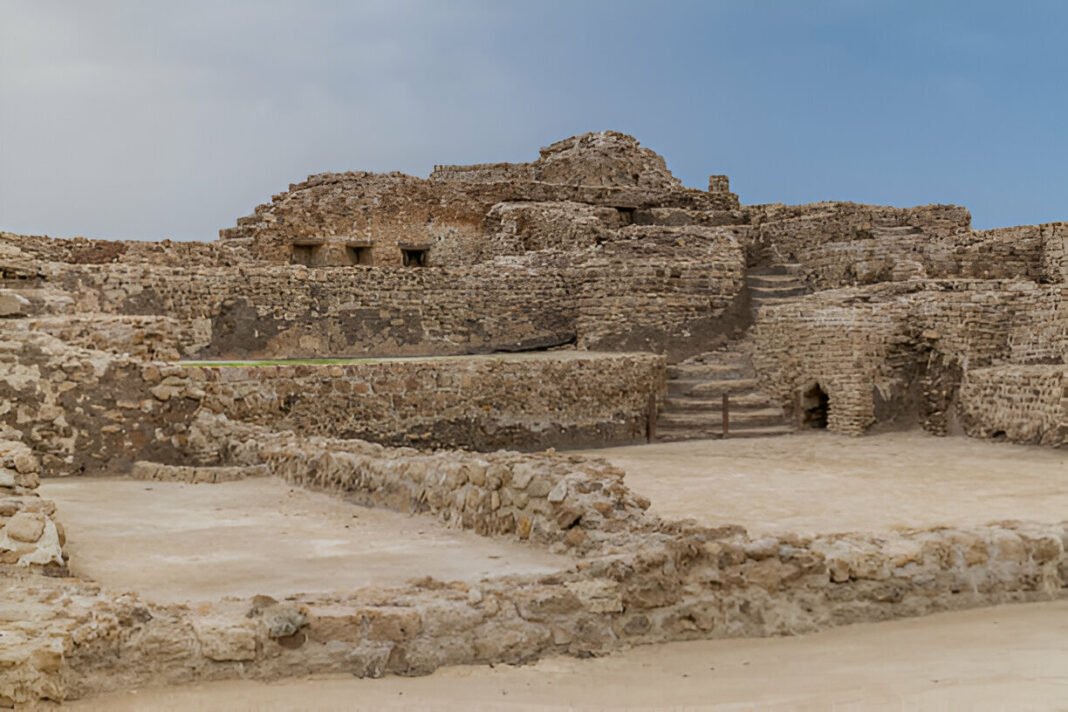The Mohenjo Daro Civilization Discovering the Secrets of an Ancient Metropolis
The Indus Valley Civilization, one of the world’s earliest urban cultures, thrived around 3300 to 1300 BCE in what is now Pakistan and northwest India. Despite being highly advanced, this civilization remains mysterious, with many of its secrets still waiting to be uncovered. Let’s investigate the remnants of this ancient metropolis and explore its potential connections to modern-day cultures.
Discovery and Geographic Spread
The discovery of the Mohenjo Daro Civilization began in the 1920s with excavations at Harappa and Mohenjo-Daro, two of its major cities. These sites revealed a sophisticated and extensive urban culture. The civilization spread over a vast area, covering more than 1 million square kilometers, making it larger than ancient Egypt and Mesopotamia combined.
Urban Planning and Architecture
The Mohenjo Daro cities were well-planned, showcasing advanced urban design. Streets were laid out in a grid pattern, with houses built using uniform-sized bricks. These cities had elaborate drainage systems, with covered sewers and public baths, indicating a high level of civic organization and hygiene.
Mohenjo-Daro: The City of Mounds
Mohenjo-Daro, one of the largest cities of the Mohenjo Daro Civilization, is often called the “City of Mounds” due to its elevated structures. The city featured a large public bath, possibly used for ritual purification, and a granary, suggesting organized food storage and distribution. The Great Bath, a watertight pool, highlights the importance of water in their culture.

Harappa: A Center of Commerce
Harappa, another major city, was a hub of trade and commerce. Archaeologists have found evidence of extensive trade networks, with goods like beads, metals, and pottery being exchanged with distant regions, including Mesopotamia. This indicates that the Mohenjo Daro people were skilled traders and had far-reaching connections.
Writing and Language
One of the biggest mysteries of the Mohenjo Daro Civilization is its undeciphered script. Thousands of inscribed seals and tablets have been found, but scholars have yet to understand their language. This script, featuring unique symbols, suggests a complex writing system used for administrative and possibly religious purposes.
Advanced Technologies
The Mohenjo Daro people were technologically advanced. They developed standardized weights and measures, advanced metallurgy, and sophisticated tools. Their craftsmanship is evident in beautifully crafted jewelry, pottery, and sculptures.
Agriculture and Diet
The economy of the Mohenjo Daro relied heavily on agriculture. They grew crops like wheat, barley, and peas, and domesticated animals such as cattle and sheep. Irrigation systems helped them manage water resources efficiently. Their diet included a variety of plants and animals, showcasing their agricultural diversity.
Social Structure and Governance
The social structure of the Mohenjo Daro Civilization is a subject that continues to spark debates and discussions. Evidence suggests a class-based society with a central authority overseeing urban planning and trade. However, there are no signs of palaces or monumental structures dedicated to rulers, which sets it apart from other ancient civilizations.
Religion and Beliefs
Not much is known about the religion of the people of the Mohenjo Daro.. The discovery of various figurines, seals depicting animals and deities, and the Great Bath suggests that they practiced ritualistic and possibly polytheistic beliefs. The recurring motifs of bulls and other animals indicate their cultural significance.

Decline and Disappearance
The decline of the Mohenjo Daro Civilization around 1300 BCE is still a topic of speculation. Possible factors include climatic changes, river shifts, and invasions. Some scholars believe that a combination of environmental and social factors led to the gradual abandonment of their cities.
Connection to Modern-Day Cultures
The legacy of the Mohenjo Daro Civilization can be seen in modern-day cultures of the Indian subcontinent. Practices like urban planning, water management, and craft traditions have parallels in contemporary societies. Additionally, certain cultural and religious motifs found in the Mohenjo Daro artifacts resemble those in later South Asian traditions.
Preservation and Research Efforts
Efforts to preserve the sites of the Mohenjo Daro Civilization continue. Archaeologists and researchers are using advanced technologies like satellite imagery and ground-penetrating radar to uncover more about this ancient culture. Ongoing excavations aim to answer lingering questions about their daily life, governance, and eventual decline.
Conclusion
The Mohenjo Daro Civilization remains one of history’s great enigmas. Despite the many mysteries surrounding it, the evidence of their advanced urban planning, sophisticated technology, and far-reaching trade networks paints a picture of a highly developed society. Understanding their achievements and contributions helps us appreciate the complexities of ancient human civilizations and their lasting impact on modern cultures.
FAQs
What is the Mohenjo Daro Civilization?
The Mohenjo Daro Civilization was an ancient urban culture that thrived around 3300 to 1300 BCE in what is now Pakistan and northwest India. It was known for its advanced urban planning, technology, and trade networks.
What are some major cities of the Mohenjo Daro Civilization?
Major cities of the Mohenjo Daro Civilization include Harappa and Mohenjo-Daro. These cities were well-planned with sophisticated infrastructure and extensive trade networks.
Why is the Mohenjo Daro script undeciphered?
The Mohenjo Daro script remains undeciphered because it consists of unique symbols that have not been fully understood or translated by scholars. The lack of bilingual texts makes it challenging to decipher.
What caused the decline of the Mohenjo Daro Civilization?
The decline of the Mohenjo Daro Civilization is believed to be due to a combination of factors, including climatic changes, river shifts, and possible invasions. The specific cause is still the subject of research and debate.”
How is the Mohenjo Daro Civilization connected to modern cultures?
The legacy of the Mohenjo Daro Civilization can be seen in modern-day cultures of the Indian subcontinent, particularly in areas like urban planning, water management, and craft traditions. Certain cultural and religious motifs also have similarities.




